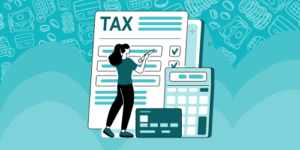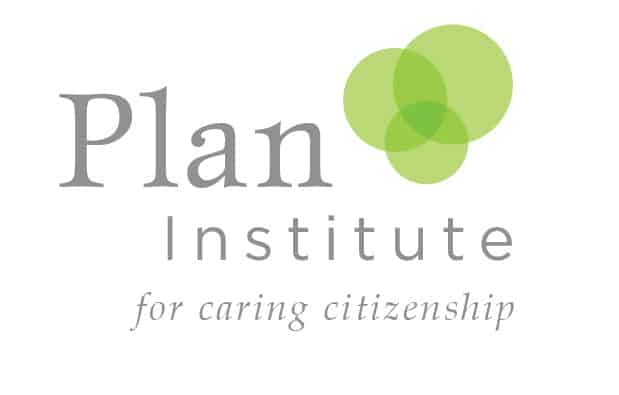
Tax season is here! Most people have until April 30th, 2024, to file their taxes. If you, your spouse, or common-law partner are self-employed, you have until June 15th. Since this day falls on a Saturday, the Canada Revenue Agency (CRA) must receive your return, or it must be postmarked, on or before June 17th. You must pay any money owed to the CRA by April 30th.
Update on the DTC Application
The CRA has recently introduced a fully digital application for the DTC. You can now complete Part A online in My Account or by phone. If you use the online form, information that the CRA already has will be prepopulated on the form. Once you have completed the form, you will receive a reference number to give to your medical practitioner to complete Part B. Please note that paper applications are still available.
Taxes and Your RDSP
There are three types of contributions that can go into your RDSP: personal contributions, government contributions (grants and bonds), and proceeds from a rolled over amount. All of these can generate investment income. Government contributions, proceeds from a rolled over amount, and investment income may be subject to tax if you take money out of your RDSP.
If the amount of money that you take out (withdrawal amount) is more than the basic personal amount (BPA) and the disability amount (DA), then you will have tax withheld. Your financial institution will automatically deduct the amount owed. The federal maximum amount for 2023 is $15,000 for the BPA plus $9,428 for the DA. If the taxable portion of your withdrawals in 2023 is above $24,428 there will be money withheld.
For any tax owed, your financial institution will withhold a percentage of the taxable portion of the withdrawal before issuing your funds. The percentage will range from 10% to 30% and will depend on the size of the withdrawal. They will report both the taxable amount and tax already withheld to you and the CRA. When you complete your tax return, if they have withheld too much tax, you will get a refund. If they have not withheld enough, you may have to pay additional taxes, or your existing refund may be reduced.
Find Out What Benefits You Are Eligible For
Before filing your taxes, find out which benefits you may be eligible for. By answering a few short questions, the Disability Benefits Compass and the Benefits Wayfinder will show you different benefits that you may be able to claim on your taxes.
Check out the Disability Benefits Compass and the Benefits Wayfinder.
File Your Taxes Online with Certified Tax Software
The CRA has a list of NETFILE-certified software that will help you file your taxes for free, or with a pay-what-you-want model. With NETFILE-certified software, your return is prepopulated with information that the CRA already has. It also allows you to see your notice of assessment immediately after the CRA processes your return.
Click here for more information.
Get Your Taxes Done at A Free Tax Clinic
The CRA is offering free tax clinics nationwide. At a free tax clinic, you can get your tax returns done by a volunteer at no cost. Eligibility for this service includes people with disabilities with a modest income and a simple tax situation.
You have the option of walking in, dropping off your tax information, or making an appointment, as well as the option of doing it in person or online. This service is available in multiple languages.
Click here for more information.
Other resources:
- Disability Alliance BC: Guide to Filing Income Taxes for People Receiving PWD/PPMB
- Prosper Canada: Supported tax filing toolkit
- Canada Revenue Agency: What you need to know before you file your taxes
- Canada Revenue Agency: Learn about your taxes – an online course that will teach you about personal income taxes in Canada and completing your tax return
- Canada Revenue Agency: Taxology Podcast Episode 1: How to prepare for the tax season
